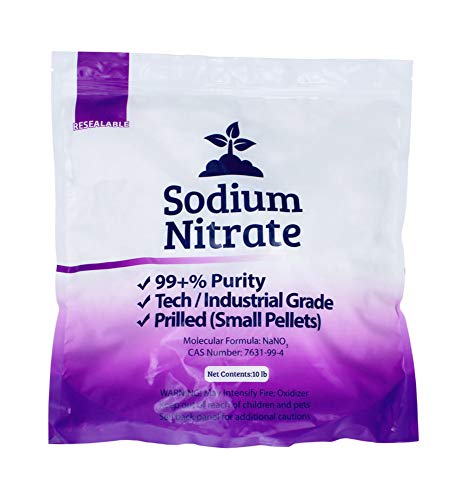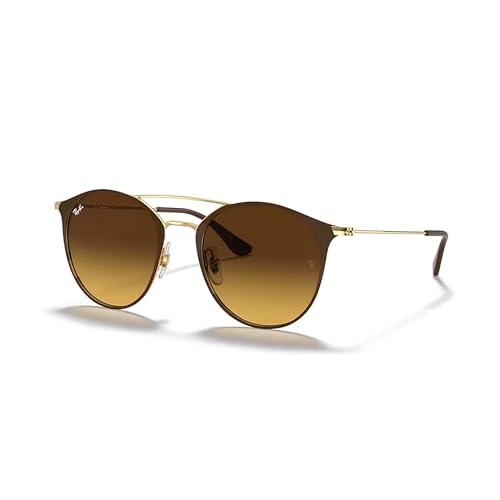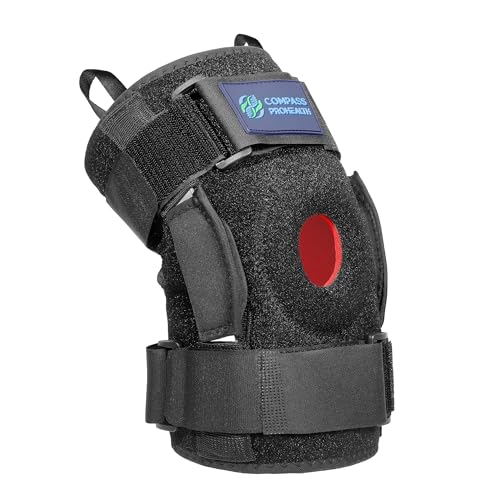You are using an out of date browser. It may not display this or other websites correctly.
You should upgrade or use an alternative browser.
You should upgrade or use an alternative browser.
How is it that sulfuric acid or many other strong acids can break colloidal structure in colloidal gold?
- Thread starter IsaacUS
- Start date

Help Support Gold Refining Forum:
This site may earn a commission from merchant affiliate
links, including eBay, Amazon, and others.
Salt may supply enough Chloride to dissolve some Gold but I do not see how it can solve the issue with colloids.Am trying to avoid dissolving gold into the solution, I added 75 grams of NaCl, color changed to blue and got precipitate at the bottom, will wait till tomorrow to see how much gold I got.
Ayham Hafez
Well-known member
After denoxing nitric, salt can't dissolve gold.Salt may supply enough Chloride to dissolve some Gold but I do not see how it can solve the issue with colloids.
I read that salt change the ions of colloidal or something like that.
It won't break the collodial state but may change the size of the colloids and such the color of the liquid.After denoxing nitric, salt can't dissolve gold.
I read that salt change the ions of colloidal or something like that.
Ayham Hafez
Well-known member
Found this video
Martijn
Well-known member
You have very fine gold suspended in solution?If I add sulphuric acid to precipitate gold, I think it will not work cause sulphuric acid will be consumed with copper nitrate to make copper sulphate, and I'm afraid from adding NaCl cuase it will react with silver and not sure if it will precipitate the gold l.
Adding H2SO4 will not precipitate gold, it will clean the surface of the fine gold atom clusters and make them clump together, so they are heavy enough to fall down.
So give your solution a gentle boil with some sulfuric for an hour or so, and this should help the gold fall down.

$6.49 ($6.49 / Count)
$12.99 ($12.99 / Count)
ZOYER Thumb Brace, Thumb Spica Splint for Left and Right Hand, Breathable Wrist Brace with Thumb Support for Arthritis, De Quervain's Tendonitis, Carpal Tunnel, Pain Relief, Sprains
Global Roots Industries Inc

$86.58
$171.00
Catalysis in the Refining of Fischer-Tropsch Syncrude (Catalysis Series, Volume 4)
Basi6 International

$479.99
HP New 17.3" HD+ Laptop, AMD Athlon Gold 7220U Processor, 8GB DDR5 5200MHz RAM, 1TB SSD, AMD Radeon Graphics, Optimized for Lighter Business workloads, Windows 11 Pro, WOWPC Recovery USB
Oydisen WOWPC (Next Day Shipping Available)

$129.99
2000ml Beaker, Low Form Griffin, Borosilicate 3.3 Glass, Double Scale, Graduated, Karter Scientific 213D36 (Case of 8)
Lake Charles Manufacturing

$25.99 ($3.71 / Count)
WORKPRO 7-Piece Jewelers Pliers Set, Jewelry Making Tools Kit with Easy Carrying Pouch (Blue)
GreatStar Tools

$12.99
BROADMAN CHURCH SUPPLIES Anointing Oil Holder with Key Ring and Eyedropper - Brass
Lifeway Christian Resources

$6.99 ($6.99 / Count)
$7.99 ($7.99 / Count)
Beauticom 3g/3ml (0.1 Fl Oz) Round Clear Plastic Jars with Round Top Lids for Creams, Lotions, Make Up, Powders, Glitters, and more... (Color: Teal Lid Quantity: 50 Pieces)
Beauticom

$245.67 ($0.06 / Ounce)
50 lb Sodium Nitrate Fertilizer 99+% Pure Chile Saltpeter Gold Metal Refining Industrial Grade Glass Pottery Enamels
Duda Energy

$84.54
$115.00
Petroleum Refining: Technology, Economics, and Markets, Sixth Edition
WhitePaper Books

$114.66
Used for Fuel/electrolytic Cells Acid ion Exchange Membrane, Proton Exchange Membrane,(Type 104,20 x 20 cm)
JiangXianYueXinXianShangMaoYouXianGongSi
This made me wonder. Does anyone know the necessary concentration of Silver in a copper based alloy needed to allow the gold particles to drop vs. stay in solution as a colloid? The reason I ask is a common question when discussing inquartation is “ can I use copper instead “? We commonly answer yes but you will use a lot more nitric acid to dissolve the copper. We never answer yes but you may form colloidal gold and throw it in with your waste.Forming colloidal gold after dissolving mixed metals alloy or copper alloy is well-known, and as told I faced same issue several times specially when silver content is too low, if silver content is high comparing to copper or base metals , colloidal gold will not form
Perhaps we should discuss this further?
Ayham Hafez
Well-known member
I made inquartation with copper siveral times, gold content between 25% to 30%, colloidal gold not formed, I think it's only form with very small gold content in copper alloy like less than 1%, cause I recovered gold from an copper alloy before and gold content was about 1.8% and didn't form colloidal gold.This made me wonder. Does anyone know the necessary concentration of Silver in a copper based alloy needed to allow the gold particles to drop vs. stay in solution as a colloid? The reason I ask is a common question when discussing inquartation is “ can I use copper instead “? We commonly answer yes but you will use a lot more nitric acid to dissolve the copper. We never answer yes but you may form colloidal gold and throw it in with your waste.
Perhaps we should discuss this further?
Did many gold recovery for less than 0.5% of gold content and all the times colloidal gold formed.
Hope these numbers help.
Ayham Hafez
Well-known member
By the way, I recovered the gold of yesterday and got only 4 grams, my rest gold is in the bottom of the copper cell tank, I thought the shopping bags will catch all anode particles but today after investigating I noticed that most of the mud is in the tank.I made inquartation with copper siveral times, gold content between 25% to 30%, colloidal gold not formed, I think it's only form with very small gold content in copper alloy like less than 1%, cause I recovered gold from an copper alloy before and gold content was about 1.8% and didn't form colloidal gold.
Did many gold recovery for less than 0.5% of gold content and all the times colloidal gold formed.
Hope these numbers help.
Apparently the shopping bags are the wrong fabric or the wrong mesh and fines fall through.
M
I wonder if some colloidal gold formed at higher Gold percentages and was missed. It will pass right through a filterDid many gold recovery for less than 0.5% of gold content and all the times colloidal gold formed
Ayham Hafez
Well-known member
More than one month looking for the best fabric, and didn't find smaller mesh than shopping bags, since also I have issues with oxidization all anode base metals while smelting, so the electrolyte is high contaminated and copper fall from cathode, so now I have to remelt all copper and refine again to get the valueApparently the shopping bags are the wrong fabric or the wrong mesh and fines fall through.
Ayham Hafez
Well-known member
Colloidal gold will pass throw any filter, I tried a big cotton filter and its go throw itM
I wonder if some colloidal gold formed at higher Gold percentages and was missed. It will pass right through a filter
Martijn
Well-known member
Interesting point. With dirty solutions, you can't see the purple that good after a drop. But if the sulfuric method works, you could use that to make sure you got it all.This made me wonder. Does anyone know the necessary concentration of Silver in a copper based alloy needed to allow the gold particles to drop vs. stay in solution as a colloid? The reason I ask is a common question when discussing inquartation is “ can I use copper instead “? We commonly answer yes but you will use a lot more nitric acid to dissolve the copper. We never answer yes but you may form colloidal gold and throw it in with your waste.
Perhaps we should discuss this further?
The same fine coloidal particles will form in a copper cell, i expect. The sulfuric electrolyte probably prevents them from getting suspended in solution.
I think with any alloy where gold is around 5% or lower, you will leave coloidal atom clusters of gold. If you inquart with copper to 6K, the gold sponge should remian like with silver inquartation, right?
Ayham Hafez
Well-known member
I think yes.Interesting point. With dirty solutions, you can't see the purple that good after a drop. But if the sulfuric method works, you could use that to make sure you got it all.
The same fine coloidal particles will form in a copper cell, i expect. The sulfuric electrolyte probably prevents them from getting suspended in solution.
I think with any alloy where gold is around 5% or lower, you will leave coloidal atom clusters of gold. If you inquart with copper to 6K, the gold sponge should remian like with silver inquartation, right?
I smelted the copper anodes slimes before going to nitric acid, so electrolyte has no role in my case
I prefer 13 ounce polypropylene anode bags, I know you are outside the US so you may not have a lot of options. Here is a link to an anode bag supplier in the US and it gives information about different fabrics used for anode bags and which baths they work in. HERE Maybe with more information you will have better success locally. I prefer anode bags with a rubberized fabric boot at the bottom which is called a "crap trap". This allows slimes to be siphoned out of the bag without removing the entire bag as the bottom is less likely to puncture when siphoning with a suction wand and contacting the fabric.More than one month looking for the best fabric, and didn't find smaller mesh than shopping bags, since also I have issues with oxidization all anode base metals while smelting, so the electrolyte is high contaminated and copper fall from cathode, so now I have to remelt all copper and refine again to get the value
Ayham Hafez
Well-known member
Thanks for your help.I prefer 13 ounce polypropylene anode bags, I know you are outside the US so you may not have a lot of options. Here is a link to an anode bag supplier in the US and it gives information about different fabrics used for anode bags and which baths they work in. HERE Maybe with more information you will have better success locally. I prefer anode bags with a rubberized fabric boot at the bottom which is called a "crap trap". This allows slimes to be siphoned out of the bag without removing the entire bag as the bottom is less likely to puncture when siphoning with a suction wand and contacting the fabric.
"Crap trap" I searched about it but never find photo, it looks amazing idea, could you please share a photo for it.
Ayham Hafez
Well-known member
Wow, I think with this design we can use filter bags many many times, isn't it?
Yes they do last a lot longer.
































































